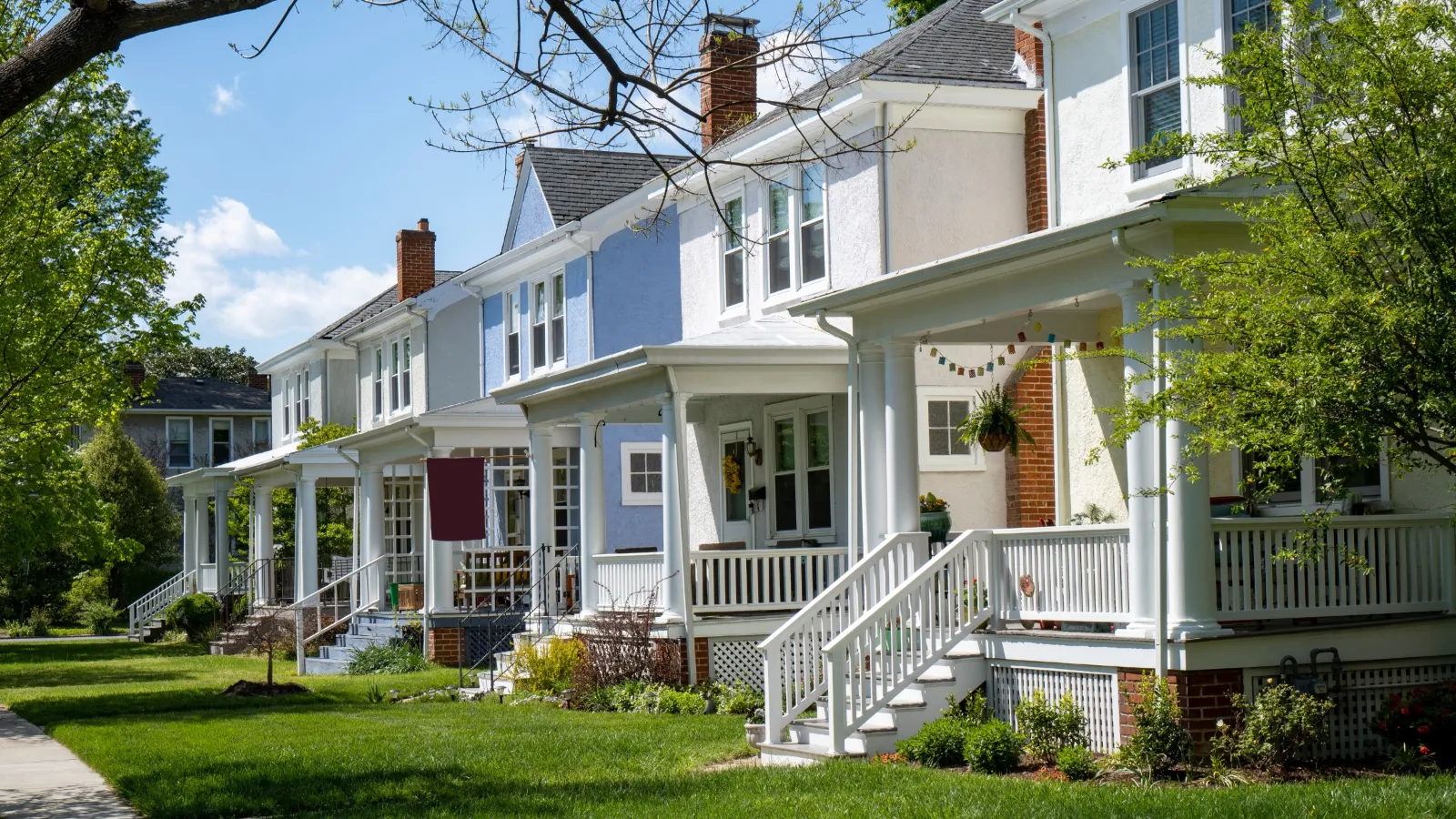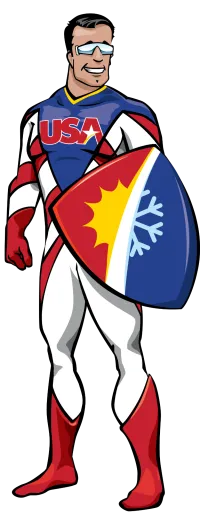Polar Vortex. Polar Vortex. Polar Vortex. Try saying it three times with your mouth frozen shut–because that‘s how many times this bone chilling blast of arctic air has swept across much the U.S. this year.
Prior to this winter, ask someone what a Polar Vortex is and they might say, “A group of Polar Bears running around in circles to keep warm”, or, “A swirly popsicle stick”.
We now all know it is a weather system with very, very cold temperatures–subzero is common—that keeps us bundled up in our homes, freezes and bursts pipes, causes car batteries to go dead, and makes us wish for spring to come a couple months early.
What is a Polar Vortex?
First, here‘s how it works. A Polar Vortex is a low pressure system with high upper level winds that constantly rotates counterclockwise around the Arctic. The strength of the system usually keeps the bitter cold air contained within its boundaries. From time to time, however, the low pressure system weakens and causes the system to become distorted. It sags south creating a jet stream of cold polar air that can paralyze parts Europe, Asia, or North America—or all of the above.
Last winter, Europe felt the effects of the Polar Vortex several times. England had its coldest March in 50 years! This year, it‘s our turn to get blasted.
A vortex is not a winter storm. However, it can create storms as the colder air moves southward and runs into relatively warmer temperatures.
Why have we never heard of it before?
A Polar Vortex has always existed, but it is normally confined to the Arctic region. However, the melting of the Arctic ice, which has escalated over the past few years, has created warmer temperatures at the pole. This has weakened and distorted the weather system known as the Polar Vortex. Strange but true, the same pattern that is causing extreme cold snaps in winter is also expected to cause extreme heat waves in summer!
What can we do about it?
You can‘t change the weather outside, but you can change the weather inside. Insulating your home will keep you warm at less expense because you will use your furnace less. Insulating your pipes will keep them from freezing and bursting. Winterizing your home is critical, learn more about the benefits of insulation.



